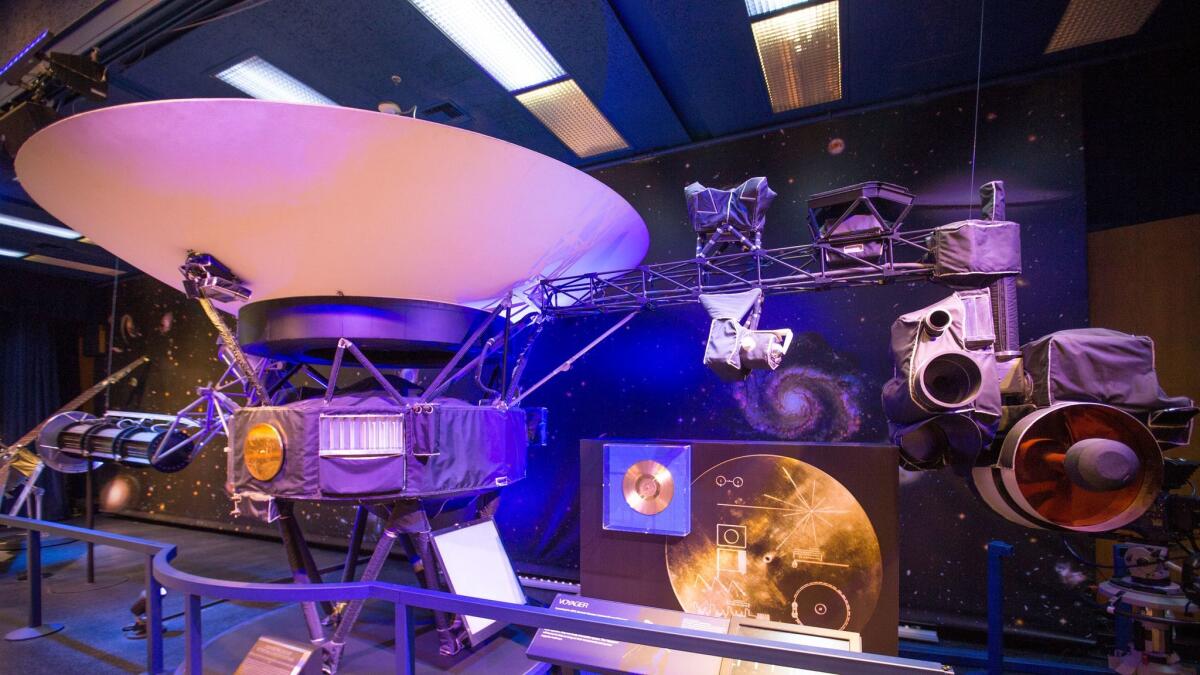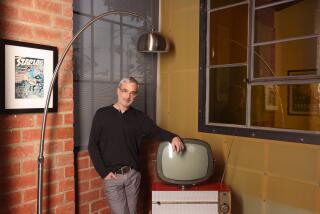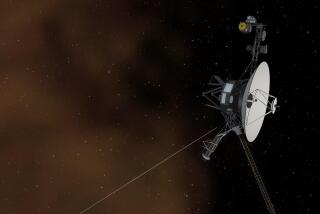Review: âThe Farthestâ pays homage to Voyager, and human potential

Frankly, a documentary like Emer Reynoldsâ âThe Farthestâ is exactly what the world needs right now. A look back at NASAâs two Voyager probes â launched in 1977, yet still flying through deep space â the film is a stirring salute to human ingenuity.
Reynolds takes a thorough and direct approach to the Voyager story, weaving together insightful and unexpectedly poetic interviews with several of the people who worked on the project, illustrated with a mix of archival footage and artfully shot re-creations.
For the record:
5:54 a.m. Nov. 28, 2024An earlier version of this post listed the incorrect theater.
At just over two hours, âThe Farthestâ couldâve used more context, getting more into the history and future of space exploration, and thereâs a surprising lack of explanation of the astrophysics. But it seems ungenerous to complain about whatâs missing when âThe Farthestâ contains such a wealth of fascinating detail about Voyager 1 and Voyager 2 â from the amazing pictures the two probes have sent back over the years to the planning and work that went into the âgolden recordsâ of human civilization that were stowed on the crafts.
Mostly, Reynolds deserves credit for embracing the awe that the Voyager scientists still feel toward what they accomplished. Using mid-â70s technology, they built machines that explored the Milky Way and beyond. Itâs astonishing, what we can do.
------------
âThe Farthestâ
No rating
Running time: 2 hours, 1 minute
Playing: Laemmle Playhouse, Pasadena
More to Read
Only good movies
Get the Indie Focus newsletter, Mark Olsen's weekly guide to the world of cinema.
You may occasionally receive promotional content from the Los Angeles Times.










